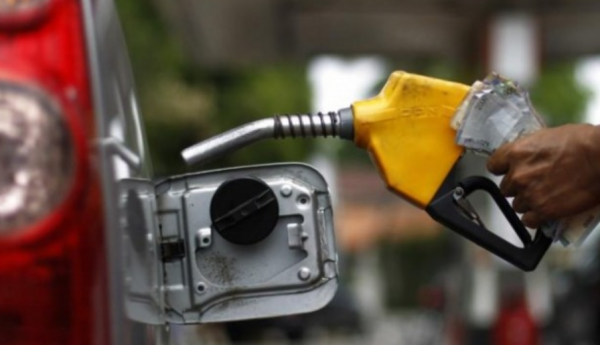A World Bank report called the “Nigeria Biannual Economic Update” for 2018, which was released on Monday reveals that Nigeria spent N731 billion to subsidise petrol consumption in the year under review.
It explained that within the year under consideration, Nigeria’s oil sector declined in its productivity, ending on 1.9 million barrels a day (mbd) production mark as against the government’s hope of 2.3mbd.
Additionally, it stated that the Excess Crude Account (ECA), which provides the country some fiscal buffer, was virtually depleted even though prices of Nigeria’s Bonny Light blend was averagely $21 per barrel more than the oil price that was or budgeted for in the year.
The World Bank had in November 2018 stated in another report titled: ‘Nigeria Bi-annual Economic Update for Fall 2018,’ that petrol subsidy deductions for 2017 full year was N107.3 billion, but its current report showed that N731 billion was spent in 2018 alone.
According to it, most of the petrol volumes Nigeria spent money to subsidise in 2018 were inflated as daily consumption rose to 54 million litres per day (ml/d) from 40ml/d in 2017, ostensibly due partly to out-smuggling.
“The oil revenues continue to underperform both relative to the budget targets and their realistic potential due to the unbudgeted fuel subsidy (Nigerian National Petroleum Corporation (NNPC) ‘cost under-recovery’), which amounted to N731 billion in 2018, among other discretionary deductions, and the dollar-naira conversion using an exchange rate lower than that prevailing in the convertible IEFX window,” said the report.
It further explained that: “The NNPC financial reports indicate that about US$2 billion (equivalent to 0.6 per cent GDP) were deducted from the gross oil revenue prior to the transfer to the federation account for the unbudgeted fuel subsidy (‘cost under-recovery’).
With regards to real Gross Domestic Products (GDP) growth by sector, it noted that the oil sector started the year with a 14.8 per cent growth which slumped to -4.0 in Quarter two (Q2 of 2018) and then -2.9 in Q3-2018, before ending in Q4-2018 with -1.6.
New investments in the sector, it said, have been limited, indicating that even with the strengthening of oil prices, the sector fell back into contraction in three out of four quarters of 2018.
“The ECA was established on the basis of Section 35 of the Federal Fiscal Responsibility Law which stipulates a commodity (oil) price-based fiscal rule requiring that savings should accrue to the ECA if the price exceeds the budget benchmark.
“In 2018, the small balance of US$ 2.5 billion available at the beginning of the year was almost fully exhausted by special withdrawals from the account, (e.g. the purchase of the new military air-fleet), and the closing balance dropped to US$ 0.6 billion, leaving no fiscal buffer going ahead.”
Putting the development into context, the World Bank warned that with the country’s continued heavy dependence on volatile oil revenues, and the depletion of fiscal buffers, its fiscal situation remained fragile.

 Football6 days ago
Football6 days ago
 Aviation1 week ago
Aviation1 week ago
 Aviation1 week ago
Aviation1 week ago
 Featured4 days ago
Featured4 days ago
 Comments and Issues6 days ago
Comments and Issues6 days ago
 Education5 days ago
Education5 days ago
 Business5 days ago
Business5 days ago
 Education7 days ago
Education7 days ago

